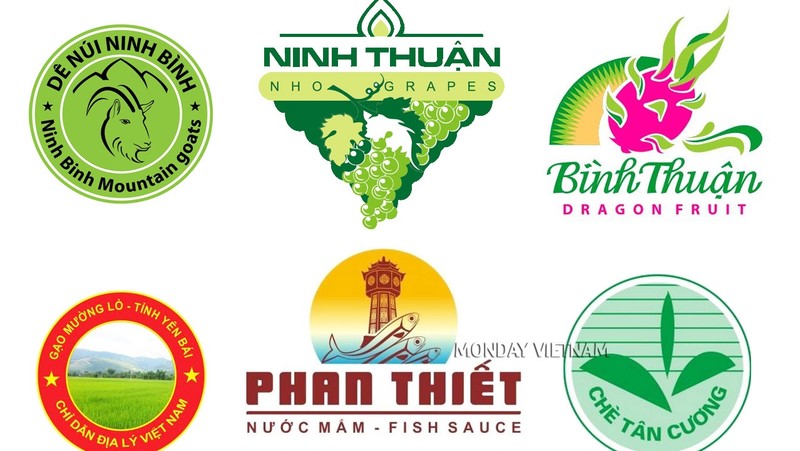Most of Vietnam's famous agricultural products have been protected by geographical indication registration. The geographical indication has affected the perception of businesses and people about the reputation and value of products. Therefore, the value and selling price of protected products tend to increase, many products’ price even increases from 50% to 100%, such as: Vinh orange in Nghe An province, Meo Vac mint honey in Ha Giang province, and Dai Hoang ‘chuoi ngu’ (king bananas) in Ha Nam province.
The management agency has also implemented many activities to support the protection and management of geographical indications, contributing to improving the value and increasing the competitive advantage of products in the market. Among protected geographical indications, Luc Ngan litchi (Bac Giang province), Binh Thuan dragon fruit and Buon Ma Thuot coffee (Dak Lak province) are geographical indications which are selected for registration to Japan.
With the registration of geographical indications abroad, Vietnam's agricultural products are protected, having a basis to handle rights infringement and having the opportunity to increase export output. In addition, the symbol of national geographical indications is also being built to identify the national brand for agricultural products and as a tool to promote and commercialise products bearing Vietnam's geographical indications on the international market.
However, the development and commercialisation of products bearing geographical indications are facing many difficulties, beyond the ability of localities and the organisation on managing geographical indications. Geographical indications are mostly raw products, so it is necessary to have processing technology to increase value and meet export requirements. For example, in the process of building geographical indications in Japan, the Association of Luc Ngan Litchi Production and Consumption regretted that the dried fabric products were not selected for export because of the use of coal drying technology. Luc Ngan litchi growing area is in desperate need of processing enterprises with modern drying technology to increase the value of products. Meanwhile, enterprises investing in Vinh orange cultivation for many years have not found technology to extend the time to preserve oranges. Ngoc Linh ginseng (Vietnamese ginseng) has not been able to develop and expand the growing area because of the lack of technology and the process of producing ginseng seedlings.
Besides, the locals are anxious to be supported with the labeling of Ngoc Linh ginseng products by barcode and registering Ngoc Linh ginseng in big markets, such as EU, Japan and the US, China and Korea but support procedures are still delayed. Huong Son deer antlers has just been granted geographical indications, so it is necessary for the authorities to remove deer from the list of common forest animals and add them to the list of livestock to develop the brand, especially in foreign markets.
The registration of geographical indications protection is only the first step to establish ownership and legal factors related to local specialties. In order to develop sustainably, it is necessary to have coordination between ministries, including the MoST, the Ministry of Agriculture and Rural Development, and the Ministry of Industry and Trade in building and managing geographical indications, especially in connecting science and technology with production and product development to meet local and business requirements.
















